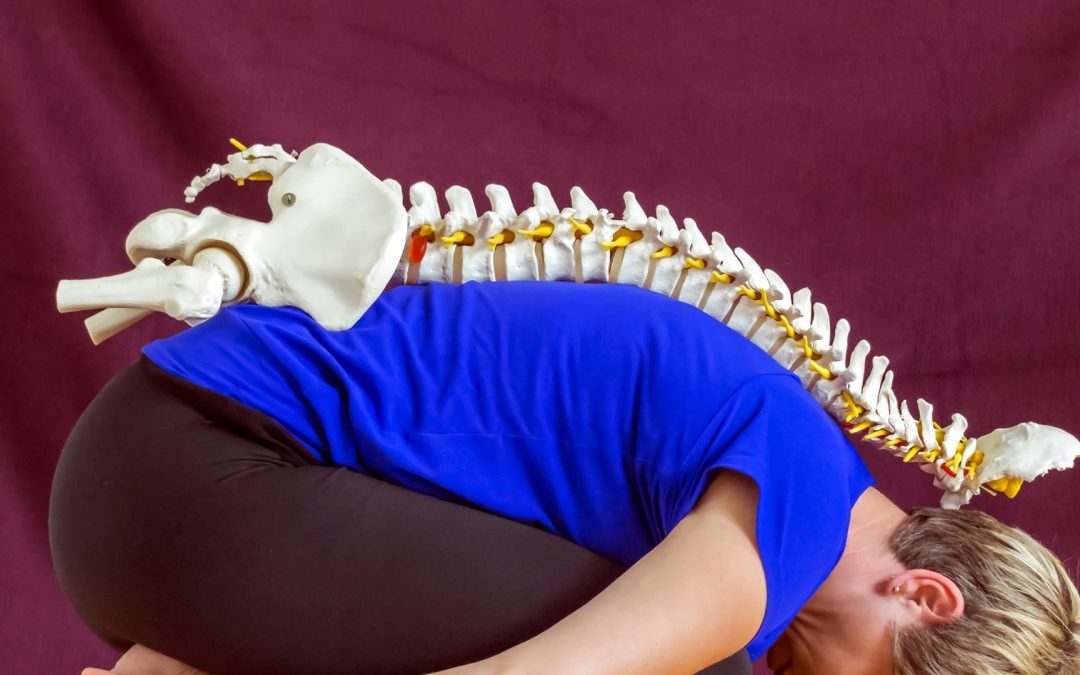Spinal subluxations could affect your overall health without you knowing it. Your spine is a complex system of muscles, joints, bones, discs, ligaments, nerves, and spinal cord. Not only can routine activities like exercising, working, or lifting can cause subtle damage, but also traumatic events like a car accident can cause more noticeable damage. In particular, the most common spinal cord problem is the misalignment of small bones. We call this a subluxation.
Misaligned bones limit your nervous system from functioning optimally. Consequently, the body wants to compensate for the misalignment and uses extra muscles to do so, causing an imbalance that your system tries to counteract.
Visualizing a Subluxation
Imagine a garden hose. Water comes out when you turn on the faucet. If you stick your finger into the hose, water will still come through, but not the full amount. However, once you remove your finger, the water flow returns to normal. Your finger is the subluxation.
Are Subluxations Painful?
Not necessarily. It depends on which part of the nerve is affected. Pain can be a sign of degenerative changes in the musculoskeletal system.
Subluxations create pressure or irritation on the nerves in your spine, causing an array of symptoms throughout your body, including localized pain, soreness, irregularity, and weakness. When you apply pressure to a nerve in your spine, the nerve energy is interrupted, which can profoundly affect the function of other organs or systems in your body.
How Subluxations Affect Your Health
Spinal subluxations cause lowered resistance to disease, imbalance, and fatigue, as well as ill health in nearly any part of the body. In due time, these misalignments can slowly erode your health and vitality for years without you even knowing it.
Spinal subluxations result from accidents, falls, sports injuries, birth stress, or even from poor posture or emotional stress. In fact, we can trace neurological and other health problems to spinal damage at birth or during infancy, children and infants need to have their spines checked by a chiropractor.
Symptoms of a Subluxation
You may notice a spinal subluxation by the following common symptoms:
- Dizziness
- Earaches
- Ringing in the ears
- Fatigue
- Headaches
- Blurred vision
- High blood pressure
- Bowel or bladder problems
- Irritability
- Leg cramps
- Nausea
- Pain between your shoulder blades
- Numbness and/or tingling
- Swallowing difficulty
- Walking or gait problems
- Arm or leg weakness
- Low back pain
- Neck pain
Nearly everyone experiences a subluxation at some point. Fortunately, if you notice neck or back pain, or any of the above symptoms, you’re already aware there’s a problem. Spinal subluxation expert Dr. Mike Woolard at Spinal Logic Chiropractic serves people of all ages in Hendricks County. Dr. Mike not only checks painful areas but also examines the rest of your body for subluxations, even in places that don’t hurt.
Benefits of Chiropractic Care
Many studies show the benefits and effects of subluxation correction. Moreover, our patients at Spinal Logic Chiropractic also report significant improvements in overall health and mental/emotional well-being. After chiropractic care, you can look forward to better sleep, less snoring, easier lifting and walking, and improved social life. the fact is that all ages can benefit from chiropractic care.
Schedule Your Checkup Now
Chiropractic checkups are an essential part of every family’s health care routine because subluxations are often painless. For this reason, correcting silent subluxations today can ensure greater physical and emotional health and save you and your family from serious health problems that you can’t ignore later in life.
Don’t let pain and discomfort rule your life. Call our office today at 317-745-5111 to speak to our Patient Liaison, Katrina. We can’t wait to hear from you.
Are you on Facebook? We are too. Let’s be friends!
Disclaimer: The information included in this article is for educational purposes only. It should not be used as a substitute for professional medical advice, diagnosis, or treatment.



